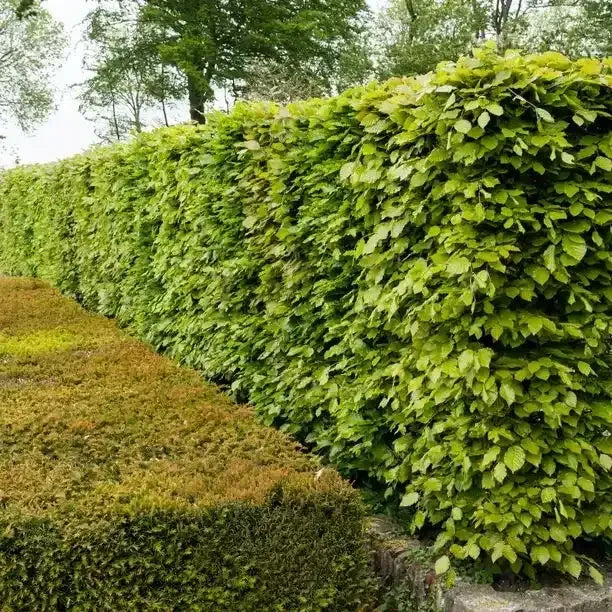Over a period of 3 years, you make three quite hard prunings.
- In the winter of the first year, cut one of the vertical faces of the hedge almost back to the trunks at the centre of the hedge, leaving short stubs of the main lateral branches: most of the regrowth will come from these stubs, so don't cut them flush with the trunk. New growth will burst by May.
- The following winter, remove the top of the hedge, cutting down to about 9 inches below your desired finished height. Again, it will look sad until May!
- In the winter of the third year, remove the other vertical face of the hedge in the same way you did the first.
By spreading such radical pruning over 3 years, the shock is not too severe and plants recover beautifully. The biggest beech hedge reduction I have seen was from 6m tall by 3m wide down to about 1.5 metres tall by 90cm wide, and it looked good by the end of May or early June every year throughout the process.








 Secure, One-Tap Checkout
Secure, One-Tap Checkout
 Hand Picked, Delivered to Your Door!
Hand Picked, Delivered to Your Door! 1 Year Bareroot Guarantee
1 Year Bareroot Guarantee